The fire temples of Iran served as places of worship for Zoroastrians in ancient Iran and symbolized the profound significance of fire in their lives. These temples were dedicated spaces where Zoroastrians would house fire and perform their religious rituals before it. Many fire temples were constructed in ancient Iran, but sadly, a significant number of them were destroyed when the Arab forces invaded Iran. Some of these ruins were eventually repurposed to build Jame Mosques.
Historical records indicate that ancient Iranians used to conduct their prayers in the open before the 4th century BC. The first fire temple, known as the Jame Mosque, was built during the Achaemenid era under the rule of Ardeshir. While much of the information about fire temples comes from the Sassanid period, it’s worth noting that these structures typically had a quadrangular shape with a dome. Inside, there were fireplaces in four separate rooms to maintain the sacred fire.
What is a Fire Temple?
A fire temple was a dedicated structure where a sacred fire, often representing a state or region, was meticulously maintained. People would gather at specific times to pay their respects to the fire and offer prayers. In ancient times, fire held immense significance in Persian culture and traditions. Fire served as a source of warmth, sustenance, and a symbol of spirituality.
According to the beliefs of ancient Iranians, fire was present in both the material and spiritual realms of the world. It was considered to exist in all places and within the bodies of all living beings. Different types of fires were acknowledged, including family fires, tribal fires, and state fires. Each had a designated guardian responsible for ensuring that the fire remained continuously lit.
These fire temples had a profound role in ancient Iranian culture and history, and they continue to be a valuable archaeological and historical resource today, shedding light on the practices and beliefs of the past.
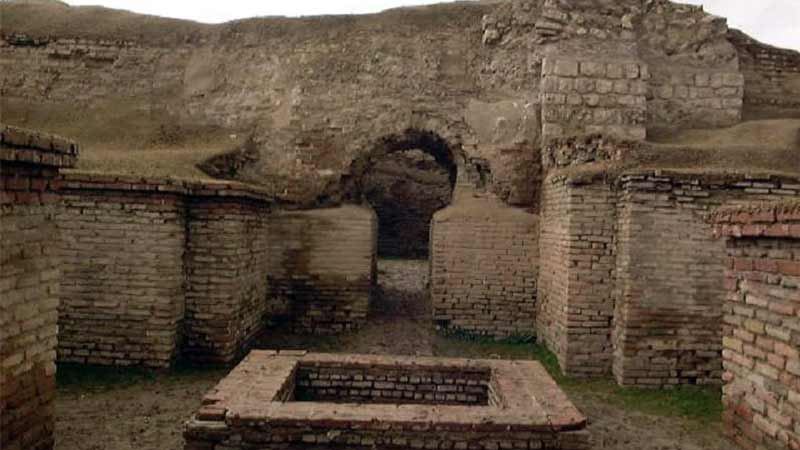
Architecture of Fire Temples in Iran
The fire temples of Iran exhibited a distinctive and unique architectural style, with more detailed information available about their architecture during the Sassanid period. These temples generally featured an octagonal layout with eight entrances and eight-sided rooms. Over time, it was determined that the sacred fire should be shielded from direct sunlight. As a result, four rooms were constructed within the temple’s central area to house the fire.
The primary architectural design of Sassanid-era fire temples was known as “Chahartaq,” featuring square and rectangular layouts with round domes. The central area of the temple served as the location for the sacred fire during prayers, allowing it to be visible from all four directions.
It is important to note that following the Islamic conquest, some fire temples were converted into mosques, including examples such as the Izadkhasht Mosque and the Jame Mosque of Isfahan.
Let’s explore some of the prominent fire temples in Iran:
Zoroastrian Fire Temple of Bahram
Location: Yazd, Ayatollah Kashani Street, Zoroastrian Fire Temple, Yazd
Visiting Hours: Every day except holidays, during the first six months of the year from 8 am to 11:45 pm and from 4 pm to 7:45 pm, and during the second six months from 8 am to 11:45 am and 3 pm to 6:45 pm.
Roshan Fire Temples of Iran – Zoroastrian Camp of Yazd Bahram
Numerous ancient fire temples are scattered throughout Iran, with some still maintaining lit fires while others have been reduced to ruins. Some of these temples were repurposed as mosques following the arrival of Islam in Iran, such as the Jame Mosque in Isfahan, which was constructed atop the ruins of a fire temple.
The Zoroastrian fire temple known as Bahram, or Vahram, is situated in Yazd. This temple is renowned for maintaining a sacred fire for over 1500 years, even though the temple building itself dates back to 1313. Arbab Jamshid was responsible for supervising the construction of the Bahram Fire Temple.
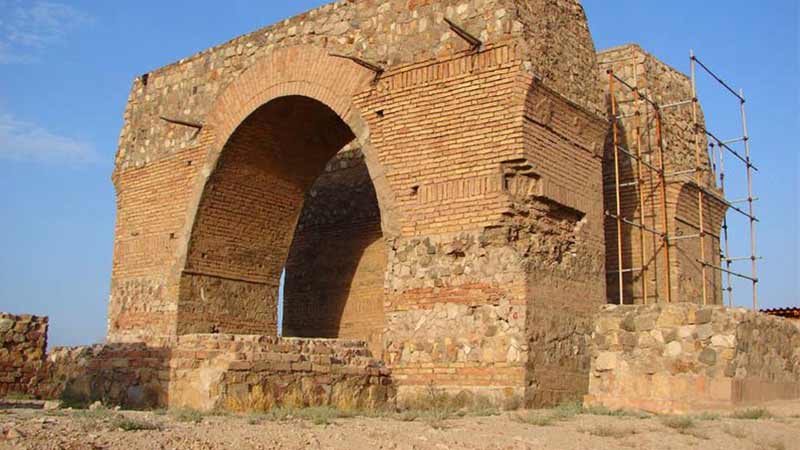
Within the Bahram Fire Temple, three ancient fires, each over 1500 years old, are highly revered and known as the “fire of victory.” The temple’s significance is attributed to its age, and the fire is carefully tended by a designated guardian, Bahram, who takes precautions to prevent its accidental extinguishment. The fire is kindled using almond and apricot wood. Visitors to Yazd can observe the fire through glass barriers and experience its aroma.
Historical sources reveal that during the Mongol invasion of Fars, the sacred fire from Karian was relocated to Ardakan. Subsequently, during the Timurid period, it was moved to Turkabad and housed in a new fire temple. With the rise of the Safavid dynasty, the Mobdans were pressured to leave Turkabad, and the sacred fire found its way to Yazd, particularly during the Zandiyeh period.
Azargashnesab Fire Temple
Location: West Azarbaijan, Takab, Takht Suleiman Road, Azargashnesab Fire Temple
Visiting Hours: Every day from 8 am to 6 pm
Zoroastrian fire temples are scattered across Iran, potentially numbering in the hundreds. Among these, three fire temples from the Sassanid period hold particular prominence due to their association with mythological narratives. These temples are Azargashnesab Fire Temple, Azarbarzinmehr Fire Temple, and Azarfarbangh Fire Temple. Each of these temples was associated with a specific class during the Sassanid era: Azargashnesab was linked to the military, Azarfarbangh to farmers, and Azarbarzinmehr to religious leaders.
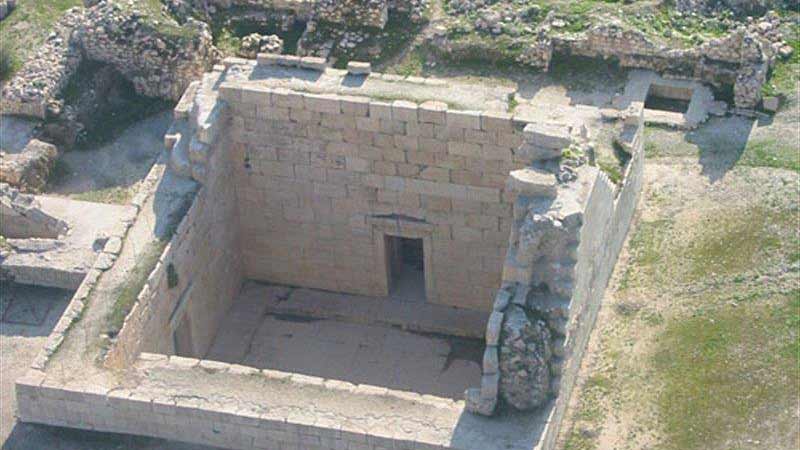
Azargashnesab Fire Temple, also known as Takht Suleiman, is one of the largest and most renowned fire temples in Iran. Situated in West Azarbaijan, approximately 50 km from Takab city, this temple is historically attributed to the Kayanian period and is believed to have been built by Ki Khosro, the renowned king of Iran and son of Siavash.
The temple complex featured numerous rooms and a square-shaped building with four stories, housing a designated area for the sacred fire. Additionally, the temple included a room called Yazshengah, where the fire was continually kept burning for prompt use.
Azarbarzin Mehr Fire Temple
Location: Mashhad, 40 kilometers northwest of Sabzevar, five kilometers north of Fashtnaq village, Azarbarzin Mehr Fire Temple
Azarbarzin Mehr Fire Temple, located in Neishabur, is one of the three significant and grand fire temples in Iran. Its name translates to “the fire of the rising seal.” Historical records attribute the construction of this temple to the era of Ashozrattash. According to ancient texts, during the time of Gestasb, the holy fire was placed within the Azarbarzinmehr Fire Temple on Mount Riomand.
Ardeshir Fire Temple (Firouzabad Palace)
Location: Fars province, Firozabad, Ateshkodeh village
Visiting Hours: Spring and summer from 7:30 am to 8:00 pm; Autumn and winter from 8 am to 6 pm
The Ardeshir Fire Temple, also known as the Firouzabad Palace, is a renowned fire temple located in Fars province, Iran. It is sometimes referred to as the Anahita Fire Temple. Ardeshir, belonging to the prominent Mobdan family of Fars, constructed this fire temple after ascending to power. The temple played a significant role in the coronation ceremony of Yazdgerd III, the grandson of Khosroparviz, who donned the royal crown within its walls before proceeding to Tisphon and the Iranian royal throne.
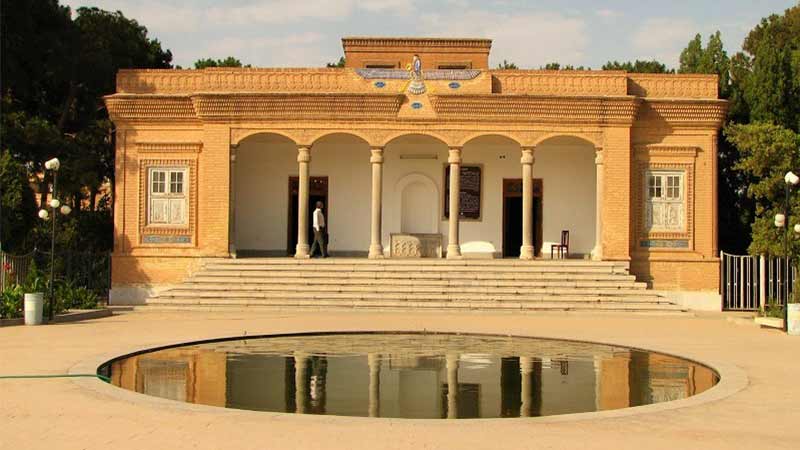
Bishapur Fire Temple
Location: Fars Province, Kazeroon, Kazeroon Road, Bishapur Fire Temple
Visiting Hours: 8 am to 8 pm
The Bishapur Fire Temple is situated near Bishapur Palace and features a square architectural design, incorporating Roman architectural elements. The temple’s decorative elements include bull heads, influenced by Persepolis architecture. Adjacent to the Bishapur Fire Temple, underground structures have been discovered, with some researchers suggesting they may be remnants of a palace or part of the temple complex. The temple likely included a spacious yard on its southeast side.
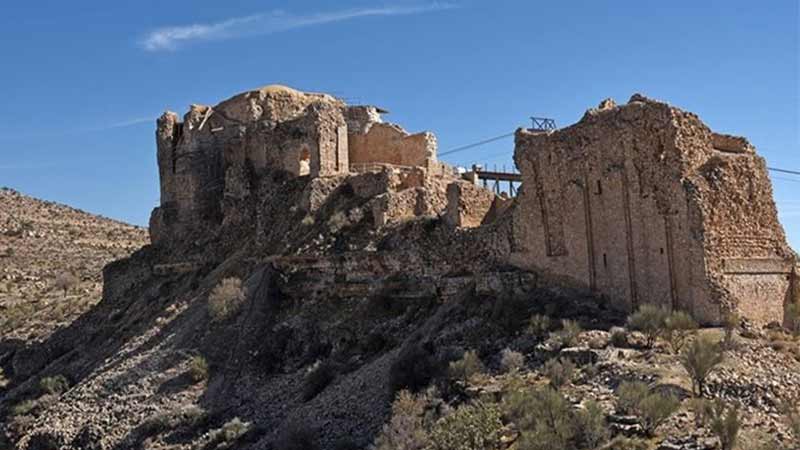
Ray Fire Temple
Location: Tehran, Shahr Ray, next to the road from Tehran to Varamin, Ateshkadeh Ray
Visiting Hours: 8 am to 5 pm
The Shahreri Fire Temple, also known as Tepe Mill, is a relic from the Parthian period. Ray, where this temple is located, contains many ancient monuments and served as the summer residence of Parthian kings. During the Parthian era, shrines were erected in Ray to honor gods such as Ahuramazda, Mehr, and Anahid. Excavations in Ray have uncovered shrines constructed using raw clay and coins dating between the first century BC and the first century AD. In the Islamic era, a tomb known as Bibi Shahrabano was built at the site, believed to have been constructed upon the remains of the Anahid Fire Temple in Ray.
Conclusion
In summary, the Fire Temples of Iran are fascinating historical sites, showcasing the ancient Zoroastrian religion and its enduring legacy. These temples, with their unique architecture and sacred flames, are important parts of Iran’s cultural and religious history. If this article about Iran’s Fire Temples caught your interest, feel free to leave a comment below. Here in Parsi Tours, an iranian travel agency, we’d love to hear your thoughts or any questions you might have!



